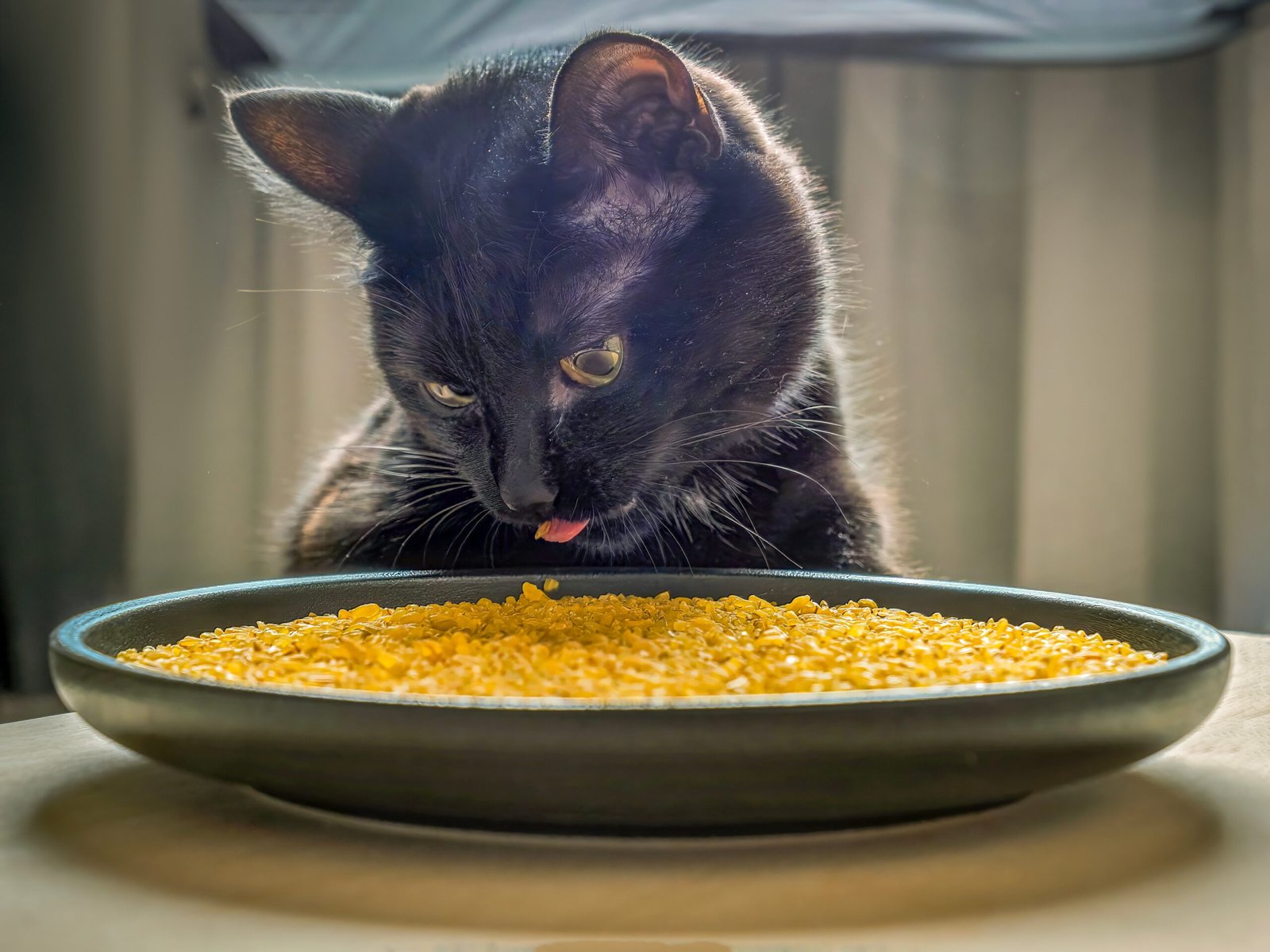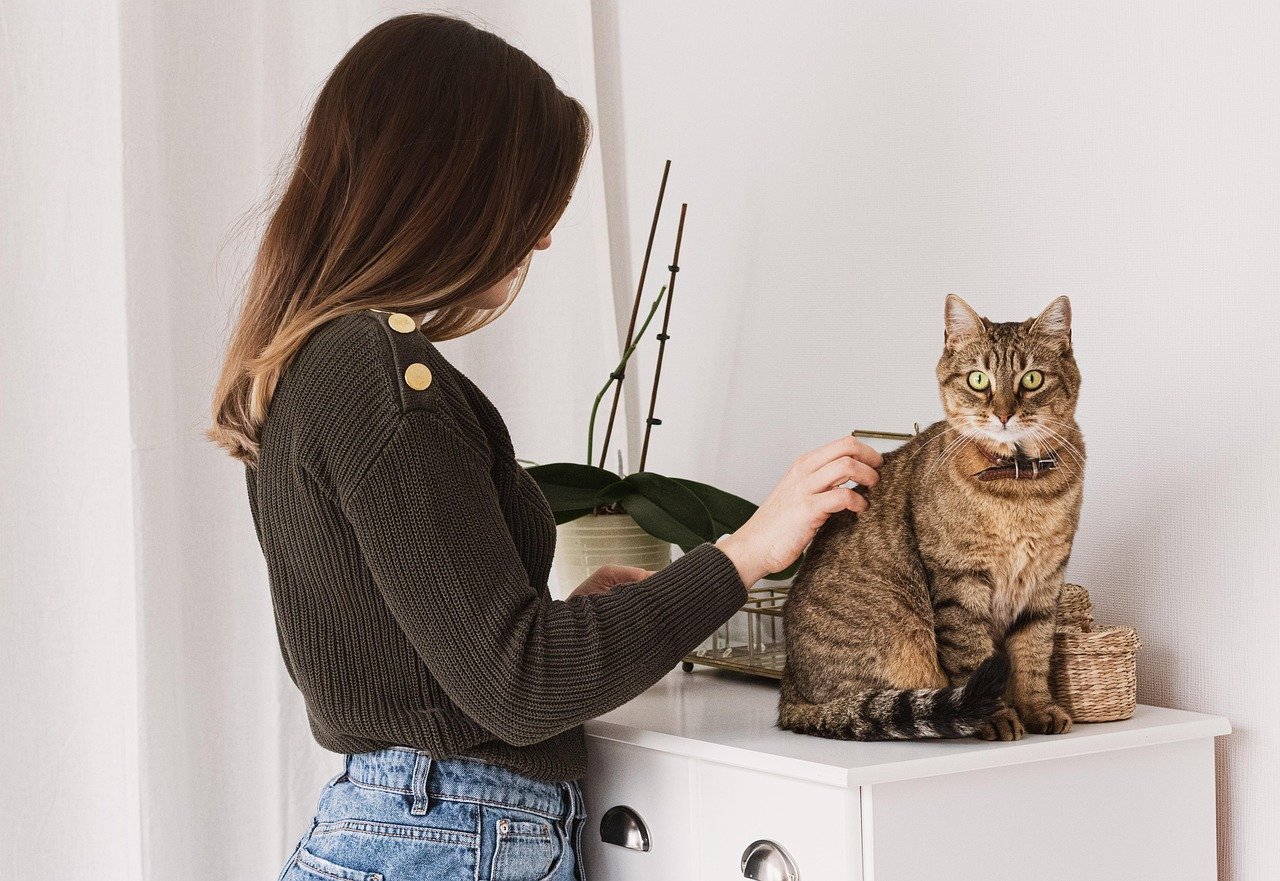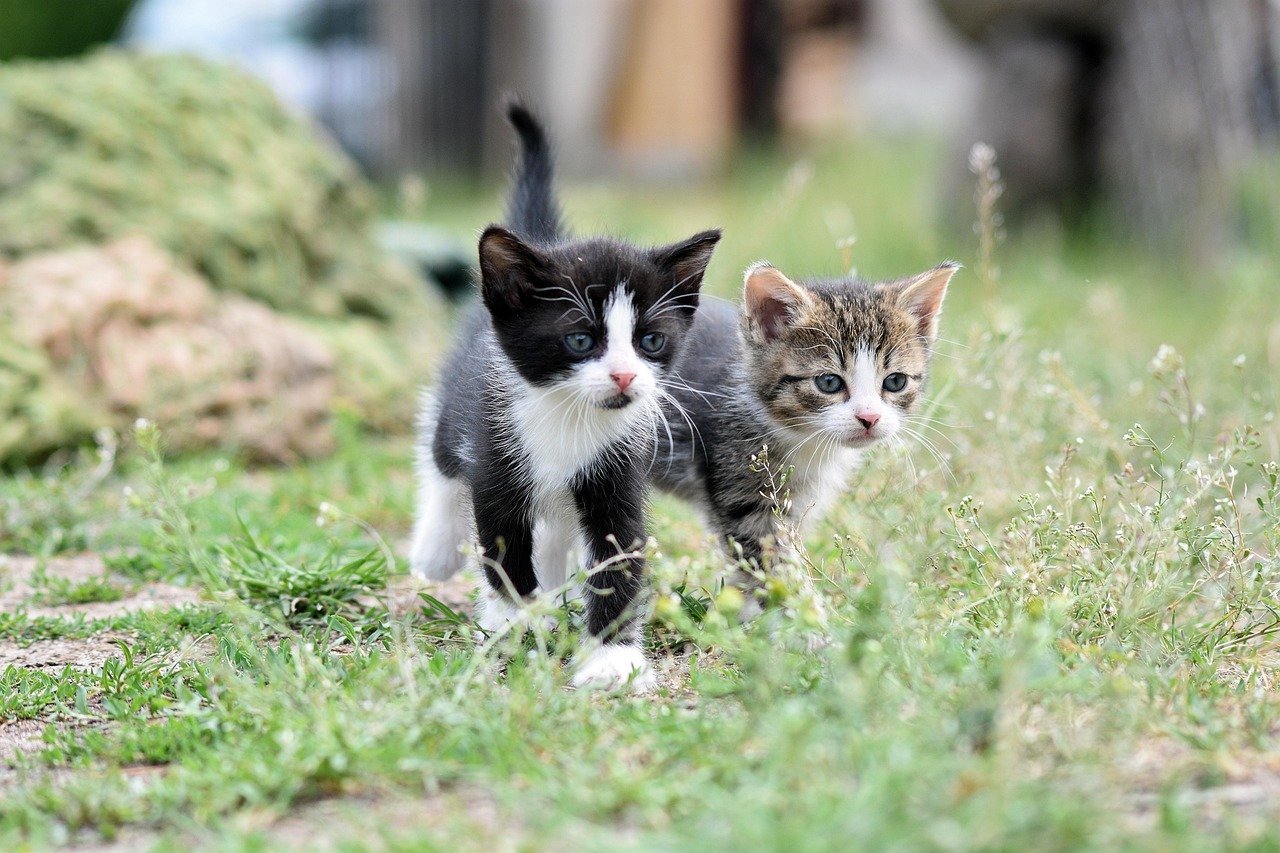Cats are mysterious, enchanting creatures—sometimes loving, sometimes aloof, and always fascinating. Have you ever caught your cat gazing out the window, purring softly, and wondered, “Is my cat truly happy?” The answer isn’t always obvious, but the signs are there if you know where to look. Every cat parent dreams of their furry companion living a joyful, contented life. Let’s unravel the delightful secrets behind feline happiness and discover how to ensure your cat leads the happiest life possible.
Understanding Your Cat’s Body Language
Cats speak volumes without ever uttering a word. Observing their body language is like learning a new language—one filled with tail flicks, ear twitches, and gentle blinks. A relaxed, loose body, softly swishing tail, and half-closed eyes are classic signs of contentment. When your cat approaches you with a slow blink, consider it a warm feline smile. Even the way they hold their whiskers—forward and relaxed—can indicate a happy mood. Pay attention to their posture: a cat lying on its back, belly exposed, is showing ultimate trust and comfort. It’s their silent way of saying, “I feel safe with you.”
The Meaning Behind the Purr
Few things are more soothing than the gentle rumble of a cat’s purr. While purring is often associated with happiness, it can also signal self-soothing or even pain. But, generally, a cat curled up next to you, purring softly, is expressing deep contentment. Notice if your cat seeks out affection while purring, or if they knead you with their paws—these are clear indicators of a happy, relaxed pet. If your cat purrs during play or while enjoying a favorite treat, it’s a strong sign they’re delighted with life.
Playfulness and Energetic Behavior
A playful cat is usually a happy cat. Watch how your feline friend chases toys, pounces on shadows, or invents games out of stray household objects. Even older cats enjoy bursts of play, demonstrating their contentment and youthful spirit. If your cat invites you to join in the fun—bringing you a toy or playfully tapping your hand—it’s their way of bonding and sharing their happiness. Cats that play regularly tend to be more confident, less stressed, and generally happier.
Healthy Appetite and Eating Habits

Happiness for cats often shows up at mealtime. A cat that eagerly anticipates meals, eats with enthusiasm, and maintains a healthy weight is likely feeling good. Sudden changes in appetite, either eating too little or too much, can signal unhappiness or underlying health issues. Keep an eye on their eating habits: a happy cat will often come running at the sound of a can opening or sit patiently by their bowl, tail gently swaying. Sharing a treat is sometimes their way of celebrating a good mood.
Grooming and Self-Care

Grooming is a vital part of a cat’s daily routine. A happy, healthy cat will spend a considerable amount of time licking their fur, keeping themselves tidy and sleek. Over-grooming or a scruffy, unkempt appearance can indicate stress or illness. If you notice your cat grooming you, it’s a sign of affection and trust—almost like including you in their “family.” Cats that feel good about their environment and themselves will look good, too.
Curiosity and Exploration
Curiosity didn’t kill the cat—it made them happy! Cats thrive when they can explore new environments, investigate new smells, and watch the world from a safe perch. If your cat greets visitors, investigates shopping bags, or claims the highest spot in the room, they’re showing signs of a contented mind. Cats who feel safe and secure are more likely to explore their home freely, confident that their territory is a happy one.
Affectionate Behavior and Seeking Company
A cat’s affection can be subtle or bold, but it always means something special. When your cat curls up on your lap, rubs their head against your hand, or follows you from room to room, they’re expressing trust and happiness. Some cats are more reserved, showing affection with a gentle nudge or by simply choosing to be near you. These gestures, whether big or small, are heartfelt signs that your cat feels happy and bonded with you.
Vocalizations and Communication
Every cat has a unique voice, and their meows, chirps, and trills can reveal a lot about their mood. Happy cats often communicate with a soft, pleasant tone, using their voices to greet you, ask for attention, or invite play. Pay attention to the types of sounds your cat makes. Short, upbeat meows or chirpy greetings are usually signs of joy, while prolonged, plaintive cries can indicate loneliness or discomfort. Engaging in “conversations” with your cat strengthens your bond and helps them feel heard and loved.
Peaceful Sleeping Habits
Cats are champion sleepers, often snoozing for up to 16 hours a day. A happy cat will choose cozy, safe spots for their naps—sometimes even curling up beside you or on your favorite sweater. If your cat sleeps belly-up or sprawled out in the open, it’s a sign they feel completely secure in their environment. Watch for rhythmic breathing and twitching whiskers, both indicators of deep, restful sleep. Cats who are comfortable in their home will create their own cozy sleep routines.
Litter Box Satisfaction
A cat’s relationship with their litter box can reveal much about their happiness. Consistent use of the box, with no accidents or signs of distress, means your cat feels secure and comfortable. Avoiding the box or changes in bathroom habits can be a clear sign of stress or unhappiness. Keeping the litter box clean and accessible is crucial for your cat’s well-being. A happy cat will often “announce” their visit to the box with a triumphant meow or a proud strut afterward.
Social Interactions with Other Pets

Cats living in multi-pet households often form unique bonds with their furry companions. Watch for friendly head bumps, mutual grooming, or even playful wrestling—these are positive signs of social happiness. While some cats prefer solitude, those who seek out the company of other pets are generally confident and content. If your cat tolerates or enjoys the presence of another animal, it’s a reassuring sign they’re happy in their home environment.
Signs of Stress or Unhappiness to Watch For
It’s just as important to recognize when your cat isn’t happy. Signs like hiding, excessive grooming, aggression, or changes in eating and litter box habits can signal stress or unhappiness. Cats may also become unusually vocal, restless, or withdrawn. If you notice these changes, it’s essential to address possible causes—be it environmental changes, health issues, or lack of stimulation. By tuning in to these signals, you can help restore your cat’s happiness and provide the comfort they need.





